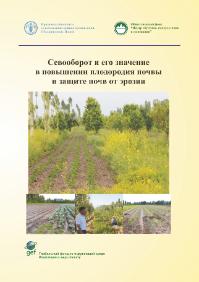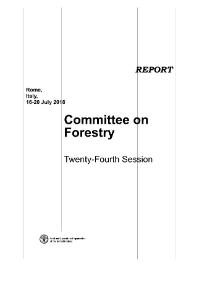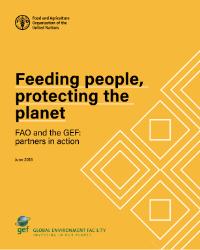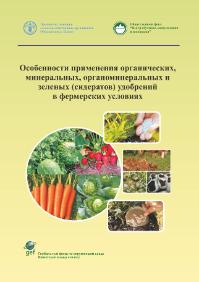Севооборот и его значение в повышении плодородия почвы и защите почв от эрозии
Настоящие издания, разработаны на основании материалов теоретических и лучших практик демонстрационных участков, созданных в рамках проекта Сельскохозяйственной и Продовольственной Организации Объединенных Наций и Глобального Экологического Фонда «Устойчивое управление горными лесными и земельными ресурсами в условиях изменения климата».







